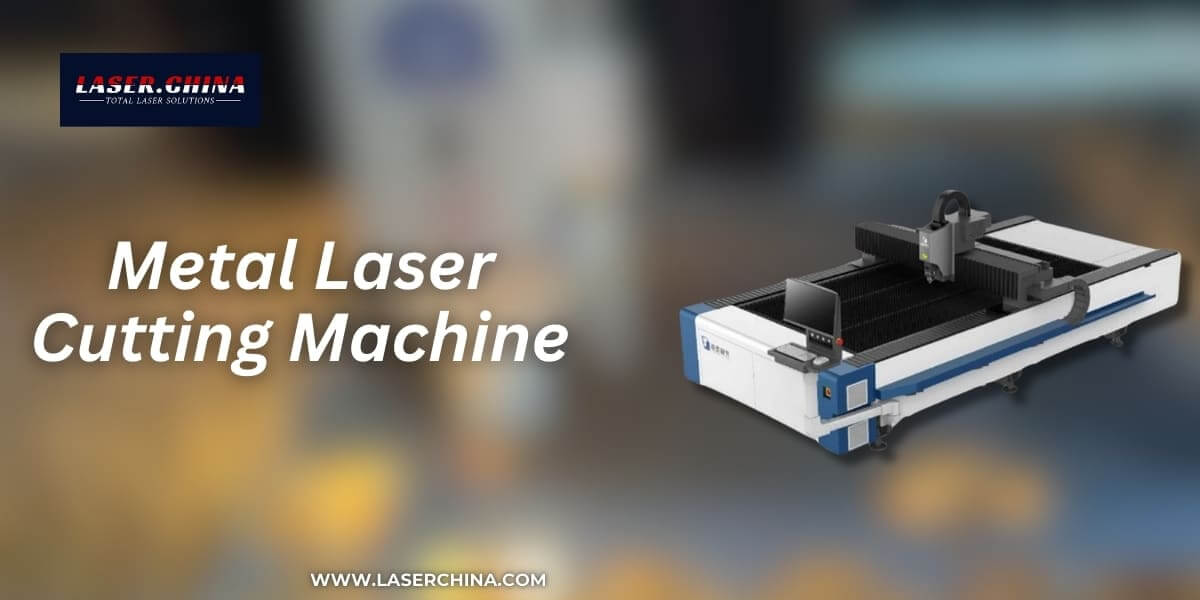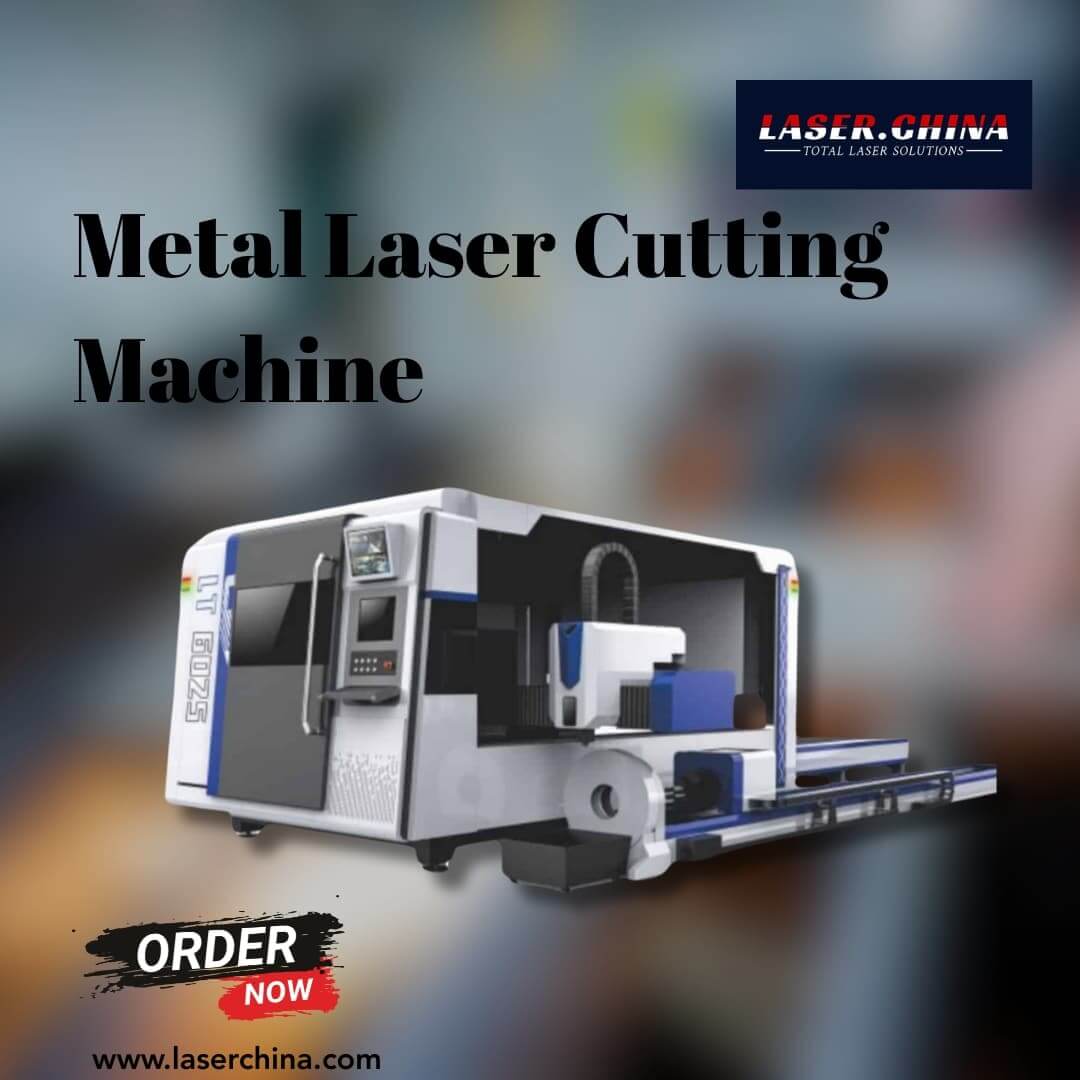Investing in a laser cutting machine can significantly transform a manufacturing or fabrication business. However, for first-time buyers, navigating the selection process can be daunting. With a wide range of machines available and rapidly advancing laser technology, determining the right fit for your operation requires careful consideration. Whether your goal is to enhance cutting precision, minimize material waste, or boost production efficiency, choosing the right machine is essential for achieving those outcomes.
A metal laser cutter is more than just a piece of equipment—it’s a vital component of your production workflow. With key factors like laser power, cutting technology, material compatibility, speed, and software integration to evaluate, the decision-making process can quickly become overwhelming. It’s not about selecting the most affordable option or the one with the flashiest specs; it’s about identifying your unique needs and finding a solution that meets them effectively.
This all-inclusive checklist is here to help you navigate the essential aspects of purchasing your first laser cutting machine. From determining the materials you plan to cut to selecting the appropriate laser technology, this guide breaks down the most important factors to consider. By the end, you’ll have the insight and confidence necessary to choose a machine that supports your business goals and delivers reliable, high-quality results for years to come.

1. Define Your Cutting Requirements
Before purchasing a machine, clearly define what your cutting needs are. Every business is different, and your materials, thicknesses, and production speed will guide your decision.
- Type of Metal: Metals like stainless steel, aluminum, mild steel, and brass each behave differently under a laser. Aluminum, for instance, is highly reflective and needs a more powerful laser than mild steel.
- Material Thickness: Different machines are built to handle varying thicknesses. Thicker materials require higher wattage for clean and efficient cutting.
- Precision and Tolerances: Industries like aerospace or medical manufacturing demand extremely precise cuts. Ensure the machine meets the tolerance levels required for your projects (some offer tolerances as tight as ±0.02mm).
- Production Volume: If your operations involve high-volume production, prioritize machines designed for speed and durability. For smaller production runs, a lower-throughput machine may suffice and be more cost-effective.
2. Choose Between CO₂ and Fiber Lasers
Understanding laser technology is critical to choosing the right cutter. CO₂ and fiber lasers are the two main types used in metal cutting, each with unique strengths.
- CO₂ Lasers: Known for versatility, CO₂ lasers can cut metals and non-metals (like wood and plastic). However, they are less efficient with metals, especially aluminum, and tend to have higher maintenance and energy costs.
- Fiber Lasers: These are more energy-efficient, faster, and require less maintenance. Ideal for cutting thin to medium-thickness metals like stainless steel and aluminum. They offer lower long-term operational costs and better performance with reflective materials.
Example: A manufacturing company in China replaced its CO₂ laser with a fiber laser and saw a 40% drop in energy costs and a 30% increase in cutting speed for stainless steel—greatly improving efficiency and profits.
3. Evaluate Laser Power and Cutting Speed
Laser power (measured in watts) determines how thick of a material you can cut and how fast.
- For Thin Metals (up to 6mm): 500W–1kW machines are generally sufficient.
- For Medium Thickness (6mm–12mm): 1kW–3kW provides better efficiency.
- For Thick Metals (over 12mm): 3kW–6kW or higher is recommended.
Faster cutting speeds increase productivity and reduce per-part costs. Fiber lasers generally outperform CO₂ lasers in speed, particularly on thinner materials.
Example: A fabrication facility in Italy switched to a 4kW fiber laser for high-speed automotive parts production and achieved a 40% speed boost, improving output and reducing costs.
4. Consider Machine Size and Workspace
The machine’s footprint is a practical but essential consideration.
- Compact Machines: Best for small shops with limited space. Typically handle sheet sizes up to 1.5m x 1.5m.
- Mid-Sized Machines: Suitable for medium operations. Can handle up to 2m x 4m sheets.
- Large Industrial Machines: Ideal for heavy-duty applications, handling sheets up to 6m x 3m. They require more space but offer the highest throughput.
5. Precision and Cutting Accuracy
Laser cutting offers exceptional precision—critical for industries that demand exact tolerances.
- Look for machines that offer minimal kerf width and high positional accuracy.
- Features like dynamic focus control help maintain precision across materials of varying thicknesses.
6. Material Handling and Automation
Efficient material handling can significantly improve productivity and reduce manual labor.
- Automatic Loaders/Unloaders: Speed up the workflow by handling materials without manual input—ideal for high-volume operations.
- Material Changers: High-end models can switch between different materials automatically, saving time and increasing flexibility.

7. Software Integration and Control Systems
The software and control system are just as vital as the physical machine itself, especially for first-time users. A well-designed, intuitive interface can greatly simplify operation and reduce the learning curve.
Choose a machine that works seamlessly with widely-used CAD/CAM software and supports multiple file types such as DXF, SVG, and DWG. Many systems also offer advanced software tools that optimize cutting paths, minimize material waste, and provide real-time process monitoring—features that significantly boost productivity and precision.
8. Maintenance and Machine Lifespan
A laser cutting machine is a major investment, and keeping it in good working order is key to maximizing its value. Fiber lasers generally require less maintenance than CO₂ lasers due to having fewer moving parts, but all machines need regular upkeep to avoid unexpected downtime and ensure long-term efficiency.
Before purchasing, check if the manufacturer offers maintenance packages or support services that include routine checkups, updates, and on-site repairs. It’s also important to confirm that replacement parts are easy to obtain and reasonably priced.
9. Total Cost of Ownership and Return on Investment (ROI)
Don’t just focus on the machine’s upfront price—look at the full cost of ownership. Consider all expenses, including:
- Energy Consumption: Laser cutters use a lot of power. Fiber lasers are generally more energy-efficient than CO₂ lasers, but electricity costs should be factored into your budget.
- Consumables: Items like lenses, nozzles, and gases need periodic replacement. Include these recurring costs in your financial planning.
- Operational Expenses: Think beyond hardware. Training, labor, and ongoing maintenance can add up.
Sometimes, a higher-priced machine with better efficiency and durability results in lower operating costs and a stronger ROI over time.
10. Research and Customer Feedback
Before committing to a machine, take time to review feedback from other users. Online reviews, testimonials, and real-world case studies from manufacturers can provide insight into how a machine performs under different conditions. Learning from others’ experiences can help you gauge reliability, performance, and support quality—factors that are difficult to evaluate from specs alone.
Ready to Invest in the Right Laser Cutting Machine? Choosing the perfect laser cutter for your business doesn’t have to be overwhelming. Use this checklist to clarify your needs, compare your options, and make a smart, confident investment. Whether you’re starting a new venture or upgrading your current setup, the right machine can transform your production capabilities.
Reach out to us today to discover how Laser EngraveTech can support your next project.

